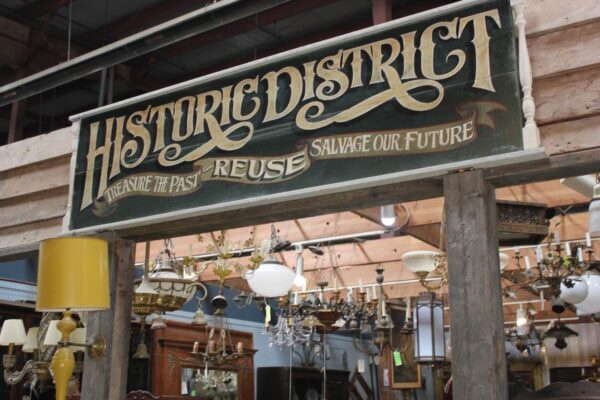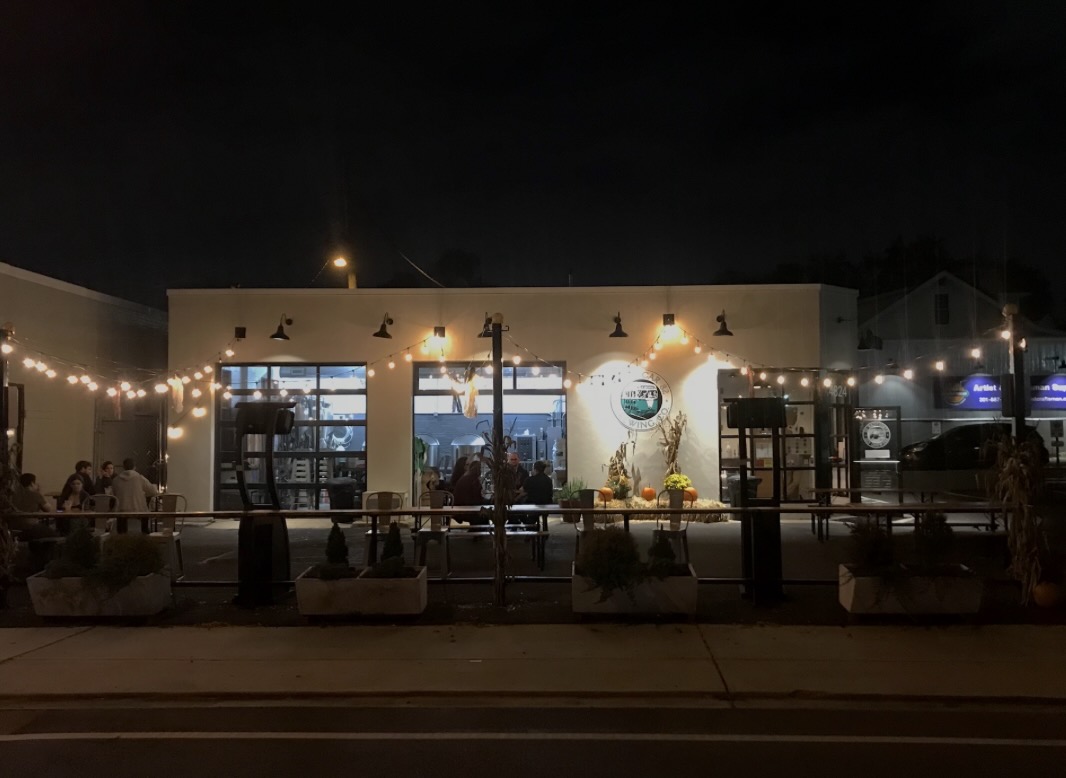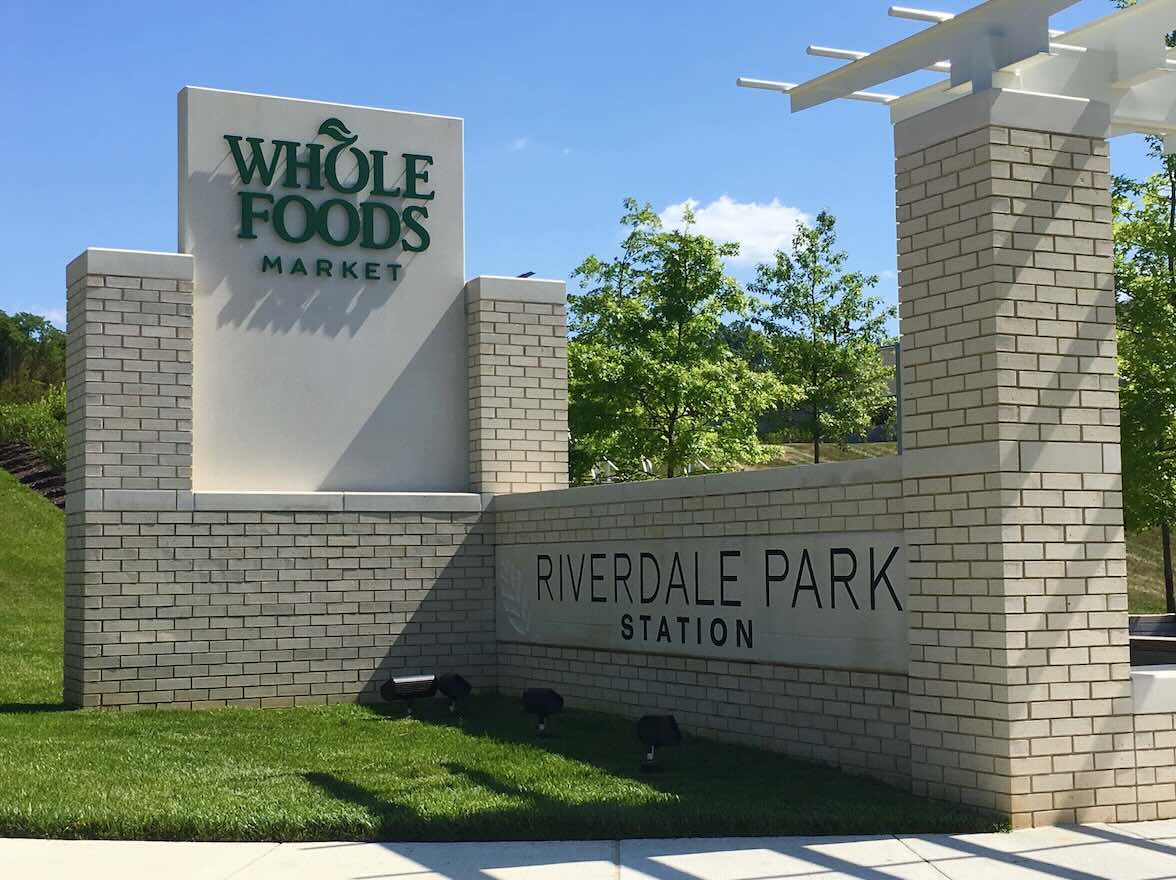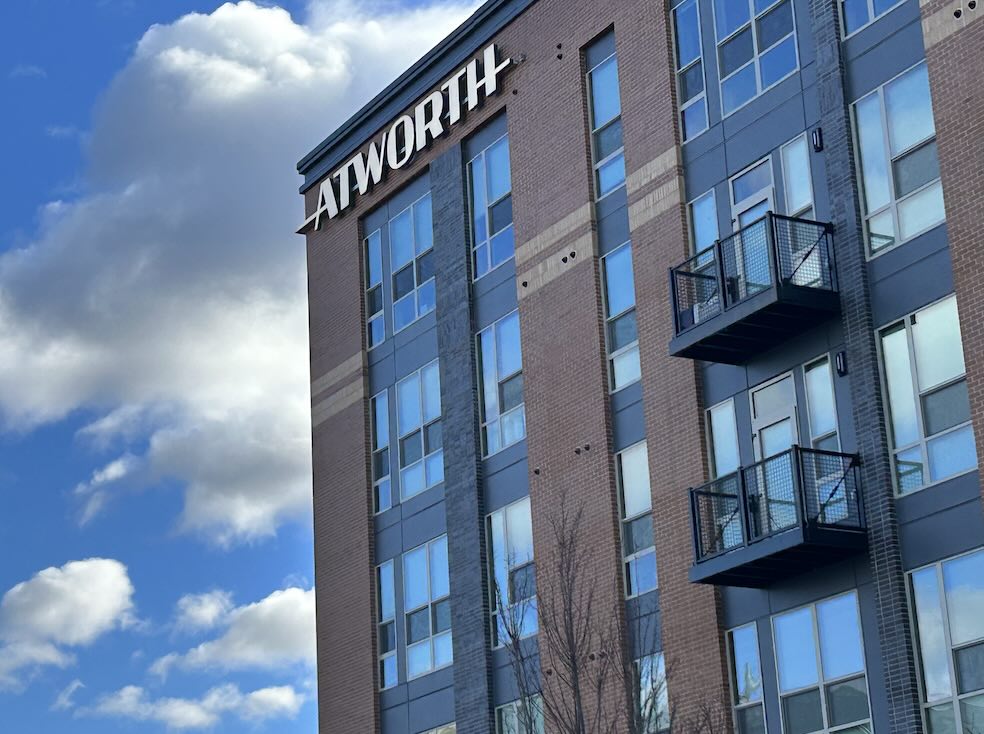 Route 1 has its own dinosaur, and there are several local sites where you can learn more.
Route 1 has its own dinosaur, and there are several local sites where you can learn more.
Astrodon johnstoni was a long-necked sauropod from the Early Cretaceous period which lived in Maryland about 112 million years ago. It looks a lot like its more famous cousin Brachiosaurus, another lumbering herbivore.
The name (literally “star tooth”) comes from a star pattern in its teeth, first described by Christopher Johnston, a dentist and member of the Maryland Academy of Sciences.
But the real heroes of the story may be lost to history. The first fossils—two unusually large teeth—were said to have been given in late November of 1858 to a state geologist working on a map of Maryland. Though he is usually given credit for the discovery, the teeth were actually found by African-American miners working at the Muirkirk ironworks in Laurel, which is now the site of Dinosaur Park.
At the time, the clay in the area was mined for siderite, which was then melted down to produce iron ore for construction and manufacturing.
Apart from its iron content, the clay-rich soil in what is known as the Arundel Formation is also good for preserving fossils, leading to the nickname “Dinosaur Alley” for the area of land running parallel to Route 1 between Baltimore and Washington. In 1998, Astrodon was named Maryland’s state dinosaur.
If you want to learn more about Astrodon, you can start with a visit to the Maryland Science Center in Baltimore, where you can come face to face with a full-sized recreation. Next, a visit to Dinosaur Park in Laurel, an outdoor park on the site where Astrodon was first discovered.
For younger kids, you can check out the dinosaur activity room at Montpelier Mansion in Laurel. This hidden gem is a short drive from the Route 1 corridor and has a bunch of dinosaur-themed puzzles and games on the grounds of a stately Georgian manor from the 18th century.
















1 Response to Meet Route 1’s Very Own Dinosaur